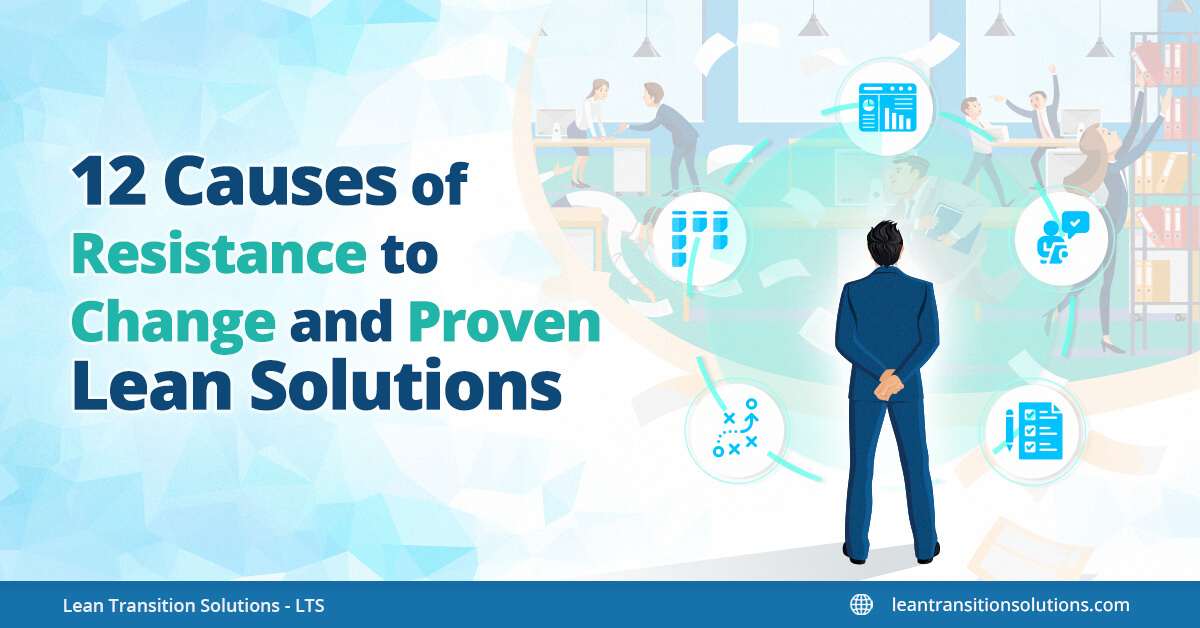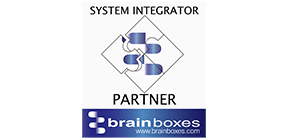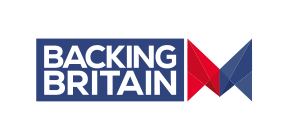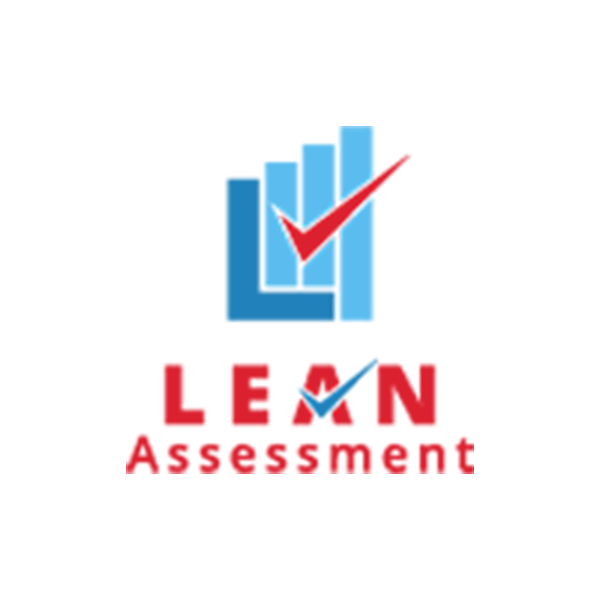What is Resistance to change? Identify the top 12 reasons and Lean solutions to overcome for leaders
- By Brett Griffiths
- Lean Technology
- October 03 , 2025
- Share

hjgfhghfghffg
“Understand that commitment to a major change is always expensive, and that you either pay for achieving it or pay for not having it."
— Daryl Conner
Every manager or improvement leader knows the moment: you introduce a new process, roll out better standards, or launch a fresh idea — and the pushback begins. It may show up as slow adoption, quiet reluctance, or open complaints. Whether it’s a new digital tool on the shop floor or a simple shift in daily routines, resistance can stall even the best ideas. Lean thinking doesn’t remove resistance overnight — but it gives you practical ways to see it, address it early, and build change that sticks.
Overcoming resistance to change isn’t just a leadership challenge, it’s a critical step toward sustainable transformation. In this blog, we’ll uncover the major causes of resistance to change, share strategies to manage and overcome it, and explore Lean-based solutions that make change not just possible; but successful.
What is resistance to change?
Resistance to change refers to the emotional, psychological, or behavioural pushback individuals or groups show.
In a workplace context, an organisational resistance to change refers to the opposition employees, departments or leadership level show when they faced with a shift in organisational process. This reaction can be active or passive, intentional or subconscious, and it often emerges during major changes like digital transformation, process redesign, leadership restructuring, or Lean implementation.
Why overcoming organisational resistance to change is important?
When resistance is left unaddressed, it slows down transformation, disrupts workflows, reduces morale, and often leads to failure in executing strategies or initiatives.
Let us understand this through an example of organisational resistance to change and the actions taken to overcome it.
A manufacturing company introduced a digital KPI management system to replace its paper based and spreadsheet-based tracking. While the goal was to improve visibility and decision-making, managers resisted the change- fearing loss of control, added workload, and exposure of underperformance.
To overcome this situation, leadership responded by involving them early in the implementation, offering hands-on training, and showing how the system could reduce manual reporting and highlight improvement areas. Employee feedback was collected and adjusted the plan.
As the system made tracking easier and results clearer, resistance reduced. The change led to faster reviews, better alignment, and stronger accountability across teams.
Now it’s clear that resistance to change isn’t the problem; ignoring it is the real problem. Addressing resistance opens the door to stronger growth, alignment, and long-term success.
Top 12 reasons for resistance to change
Why do people resist change—especially in the workplace? The answer isn't always simple. In organisations, resistance to change can stem from individuals, teams, or even long-standing systems and outdated practices. Understanding the causes of resistance to change is essential for managing any successful organisational change.
To uncover these root causes, it's important to conduct a resistance to change analysis through methods like employee feedback sessions, surveys, or observational assessments. These insights can help identify specific challenges and attitudes within the workforce. From there, structured approaches such as Kotter’s 8-Step Model, Lewin’s Change Management Model, or the ADKAR model offer a clear path to guide your change process.
The reason for resistance is varies according to each organisation and that is why it is recommended to do tailored analysis sections. Apart from this, let us explore top 12 reasons why employees and organisations resist change and why recognising these factors is the first step to overcoming them.
- Fear of the unknown and limited knowledge of benefits
Change often brings uncertainty. When employees don’t know what to expect, especially in major shifts like digital transformation, leadership change, or process change—they hesitate. This fear of the unknown and lack of awareness of visible benefits leads to passive or even active resistance. - Lack of a clear change adoption strategy
Many organisations attempt change without a structured strategy or roadmap. When new policies, systems, or processes are introduced without a phased plan or stakeholder alignment, resistance grows. Employees struggle to adopt change that feels directionless. - Loss of job security
Automation, new systems, and process upgrades can trigger fears about redundancy. Employees may worry that their skills are becoming obsolete or that restructuring will eliminate their role. This is a major cause of resistance during organisational change. - Poor communication from leadership
When management fails to clearly explain the purpose, process, and expected outcomes of a change, it breeds confusion and distrust. Without open communication, attaining the goals will be impossible. - Lack of involvement in decision-making
Employees are more likely to resist change when their involvement and opinion are undervalued. Lack of transparency and inclusiveness negatively affects organisational growth. Change that comes top-down with no consultation often feels forced, leading to resentment and low adoption rates. - Comfort with the status quo
Many team members grow comfortable with existing systems and processes, even if they are inefficient. Change requires effort and learning, which some may resist simply to avoid short-term discomfort. - Inadequate training and support
A new system or process without proper training leaves employees frustrated and disengaged. Resistance often stems from a lack of confidence in using new tools or adapting to new workflows. - Holding on to outdated methods instead of embracing modern solutions
Resistance often happens when organisations stick to old ways of working, even if they’re no longer effective. When businesses choose to “tweak the old” instead of adopting modern methods, they not only invite resistance but also risk falling behind competitors. - Previous negative experiences with change
Past failed initiatives create scepticism. If employees have seen change mismanaged before, especially if it led to chaos or layoffs—they’re less likely to trust current efforts. - Overload and fatigue
When change is constant or poorly timed, it overwhelms people. Multiple initiatives running in parallel can create change fatigue, leading people to resist not out of objection, but out of exhaustion. - Misalignment with organisational culture
If change contradicts the core values or working style of the organisation, it causes friction. For example, shifting from hierarchical models to collaborative teams requires more than structure—it demands a mindset shift, which many resist. - Implementing change that adds complexity but not value
Not all change is good change. Employees resist initiatives that feel like unnecessary layers of complexity without solving real problems. When tools or methods are imposed without clear benefits, engagement drops.
Strategies to overcome resistance to change
Overcoming resistance to change in an organisation requires clear communication, structured planning, and the right tools and mindset. Whether it's digital transformation, policy updates, or process redesign, organisations must align leadership, employee engagement, and modern strategies to build trust and reduce uncertainty. In this section, we highlight the modern solutions or practical tips to reduce resistance and lead successful, lasting change.
10 actionable solutions to reduce resistance to change
- Communicate the "why" clearly and early
Explain the reasons, benefits, and expected outcomes behind the change to employees. A clear purpose builds trust and reduces confusion. - Use proven systems like Lean thinking to remove non-value-adding activities
Adopting structured methods such as Lean helps ensure that changes are practical, value-driven, and aligned with continuous improvement. - Start with small, manageable changes
Break large transformations into small, quick wins to build momentum and confidence across the organisation. Also provide training and upskilling opportunities for better adoption. - Address emotional responses and fears
Resistance often stems from fear of failure or job insecurity. Acknowledge concerns openly and provide reassurance and support. - Introduce digital solutions that solve real pain points
Avoid digital for the sake of digital. Instead, implement tools that improve clarity, reduce manual work, and support collaboration. - Create clear roles and responsibilities for change execution
Uncertainty around "who does what" often leads to resistance. Clarify accountability across departments and teams. - Establish a visible change management framework
Build structure into your change with defined timelines, checkpoints, and metrics. People follow systems more easily than vague directions. - Reward adaptability and positive behaviour
Recognise employees who embrace change. A reward culture promotes engagement and motivates others to follow suit. - Encourage bottom-up feedback and improvement ideas
Let employees suggest improvements. It builds ownership, inclusiveness and helps you uncover practical adjustments you might miss at the top level. - Lead by example through strong leadership
Leaders who actively support and embody the change set a powerful example and reduce passive resistance among teams.
Proven Lean solutions for overcoming resistance to change; The role of Lean in organisational change
Why does Lean play a critical role in managing organisational change? How can Lean help overcome employee resistance to transformation?
These are common questions leaders ask when navigating uncertain shifts. The truth is that Lean thinking or choosing a lean methodology provides practical answers to both. It has been a proven success for organisations like Toyota for ensuring long term transformation.
At its core, Lean is built around removing non-value-adding activities, respecting people, and continuously improving processes. All these directly address the root causes of resistance to change. Whether it’s reducing complexity, enhancing clarity through visual management, or introducing digital tools that ease workloads, Lean creates a smoother path for adoption. Instead of enforcing top-down change, it encourages collaborative improvement, turning resistance into engagement.
Is resistance slowing down your change initiatives? Let LTS's Lean approach eliminate obstacles and drive success.
How to adopt Lean in your organisation for better change management?
Applying core principles of Lean such as minimising waste and optimising processes drive major improvements in your organisational change initiatives. Organisations can begin adopting Lean by identifying key pain points, aligning leadership support, and introducing proven Lean practices. For that, let us explore some Lean tools and techniques that directly support successful change initiatives.
Lean tools and concepts to support successful change transformation
| Lean tool or technique | How it supports change management |
|---|---|
| Value stream mapping (VSM) | Identifies inefficiencies and justifies change with visual evidence, reducing resistance based on ambiguity. |
| 5 Whys and root cause analysis | Pinpoints the actual causes of resistance, helping teams solve the underlying problems, not just symptoms. |
| A3 problem-solving or Fishbone diagram | Encourages team-led solutions and structured thinking, increasing ownership and reducing pushback. |
| Daily visual management boards | Improves transparency and communication, helping employees understand the purpose and progress of change. |
| Standardised work (SOP) | Provides clarity and consistency during transitions, reducing uncertainty and building confidence. |
| Kaizen (continuous improvement) | Introduces change gradually, making it less intimidating and more acceptable to frontline staff. |
| Leader standard work | Keeps leaders actively involved in guiding change, which builds trust and drives accountability. |
| Poka-yoke (error-proofing) | Reduces errors during new processes, easing adoption and decreasing frustration. |
| Just-in-time (JIT) implementation | Ensures change is introduced at a manageable pace, aligned with operational readiness. |
| Respect for people | Creates a culture of involvement and appreciation, lowering emotional and behavioural resistance. |
Lean transition solutions: Driving sustainable change in your organisation
Sustainable change doesn't happen by chance; it happens by choosing the right partner. At Lean Transition Solutions, we help organisations move beyond resistance and into measurable improvement. Whether you’re at the beginning of your journey or looking to scale continuous improvement efforts, our expertise in Lean consulting, digital transformation, and specialised products such as:
- Data Point Balanced Scorecard software – for KPI management, strategy execution, and real-time performance tracking
- Digital TCard System – for workflow management, task visualisation, and daily team coordination
- Kamishibai Audit Board – for routine process audits, standardised checks, and accountability on the shop floor
- Janus Data Capture – for shop floor data collection, equipment health monitoring, and OEE tracking
- CMMS (Computerised Maintenance Management System) – for asset maintenance, preventive scheduling, and downtime reduction
- Saisho 5S Audit and Assessment App – for 5S audits, sustainability tracking, and workplace organisation
If you're ready to overcome resistance, engage employees, and transform operations for long-term success, get in touch with us today.
FAQs
1. What are the four types of resistance to change?
- Logical resistance
- Psychological resistance
- Sociological resistance
- Active and passive resistance
What are the 7 R's of change management?
- Raised – Identify the issue or need for change.
- Reason – Understand the rationale behind the change.
- Return – Define the expected benefits and outcomes.
- Risks – Assess the potential risks and obstacles.
- Resources – Determine the resources required for the change.
- Responsible – Assign ownership and accountability for the change.
- Relationship – Manage relationships and stakeholders involved in the change.
How to handle employees who resist change?
- Communicate clearly
- Involve them early
- Address concerns openly
What is resistance to change analysis? How to do it?
Resistance to change analysis is a structured approach to identifying, understanding, and addressing the factors that hinder successful change within an organisation. It can be done through:
- Identify sources of resistance
- Use surveys and feedback
- Observe behaviours
- Map resistance patterns
What are the change management models?
- Kotter’s 8-Step Model
- Lewin’s Change Model
- ADKAR Model
- McKinsey 7-S Framework
Can Lean be adopted to change management?
Yes, Lean Six Sigma supports change by reducing waste, involving people, and aligning processes to goals.
How to stop resistance with Lean approach?
- Focus on value creation
- Use visual management tools
- Empower continuous improvement
Start Free Trial
LEAN TRANSITION SOLUTIONS
The Old Vicarage, Pershore Road, Upton Snodsbury, Worcester, Worcestershire, WR7 4NR, United Kingdom.
BLOG
Lean Transition Solution
-
Lean Industry 4.0 Solutions
- TITAN:Computerised Maintenance Management System
- Data Point:Computerised Balanced Scorecard
- Janus: Automated Shop-floor Data Capture System
- T-Card: Integrated Production Planning and Plant Level Execution System
- JDI: Maintenance Automation App
- Maximus: Integrated ERP System
- e-Contractor: Integrated In-house Contractor Management System
- Q-Point: Integrated Quality Management System
- Safety-Point: Integrated Health and Safety Management System
- Lean Assessment: Lean Audit and Assessment System
- Saisho: Lean 5S Audit and Assessment App
- Emergency Response App: To Manage Emergency Situations
-
Leadership 4.0 Solutions
- Your Career Academy(YCA): Learning and Development System
- YCA e-Learning : Management System
- MentorYou(MU): Mentoring App
- Leadership 4.0 : Leadership Transformation Program
- Lean Manufacturing Workshop
- Lean Manufacturing Consulting
- ILM Accredited Green Belt Training and Certification Program
- ILM Accredited Black Belt Training and Certification Program
- Software Development Service
- Resources
- Company
- Contact











